Stanley Turrentine - Never Let Me Go (1963)
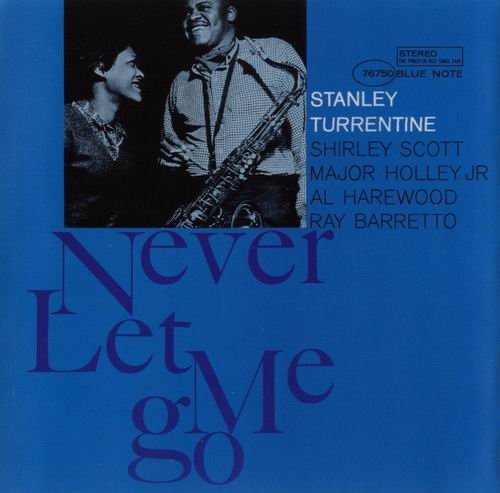
Artist: Stanley Turrentine
Title: Never Let Me Go
Year Of Release: 1963
Label: Blue Note[7243 5 76750 2 4]
Genre: Jazz, Soul Jazz
Quality: FLAC (image + .cue,log,scans)
Total Time: 45:32
Total Size: 317 MB(+3%)
WebSite: Album Preview
TracklistTitle: Never Let Me Go
Year Of Release: 1963
Label: Blue Note[7243 5 76750 2 4]
Genre: Jazz, Soul Jazz
Quality: FLAC (image + .cue,log,scans)
Total Time: 45:32
Total Size: 317 MB(+3%)
WebSite: Album Preview
01 - Trouble
02 - God Bless The Child
03 - Sara's Dance
04 - Without A Song
05 - Major's Minor
06 - Never Let Me Go
07 - You'll Never Get Away From Me
08 - They Can't Take That Away From Me (Bonus Track)
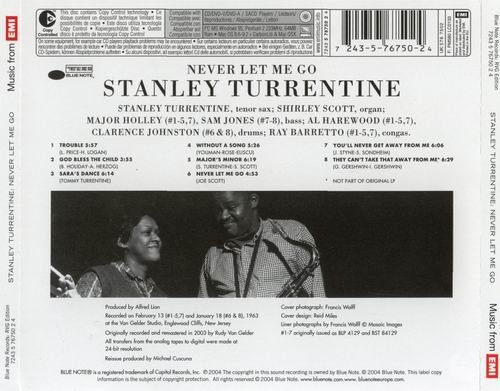
personnel:
Stanley Turrentine - tenor saxophone
Shirley Scott - organ
Major Holley - bass
Sam Jones - bass
Al Harewood - drums
Clarence Johnston - drums
Ray Barretto - congas
This 1961 groove date by Stanley Turrentine is an example of him at his fiery peak. Far from the slow groover of the CTI years, Turrentine's early Blue Note sides were massive and bright, saturated in deep soul and blues. This set featured Turrentine's wife, organist and composer Shirley Scott, and a pair of alternating rhythm sections. The first is Major Holley on bass and Al Harewood on drums, and the second is with Sam Jones and Clarence Johnston. Latin Conguero Ray Barretto appeared with the Holley/Harewood band. The set opens with a stomping version of Lloyd Price's "Trouble," with Scott taking the early solo while driving the groove. Turrentine burns the edges of the tune and Barretto punches up the middle with decorative flourishes and fills. This is followed by the a deeply moving read of "God Bless the Child." With Turrentine playing in his smokiest, silkiest, Ben Webster-inflected tone. Scott's solo, by contrast, is pure blues. The coolest tune on the set is "Major's Minor," written by Stanley and Shirley. With its seeming quotations from "So What?" and "Chim Chim Cherie," in the foreground, it gives way to a completely funky blues, which is a bit of a surprise. But the easy swing and in-the-pocket saxophone soloing punctuated by fat, grooved-out chords by Scott make it the gem it is. The alternate rhythm section of Jones and Johnston appear on the title track. This is one of those grand ballads where the organ acts as the testifying pulpit from which to speak, and Turrentine not only speaks, he weeps and whispers and wails here. All the while his rhythm section layers washes of percussion and muted changes in ever-present but subtle shades of blue. It's a stunner. ~ Thom Jurek

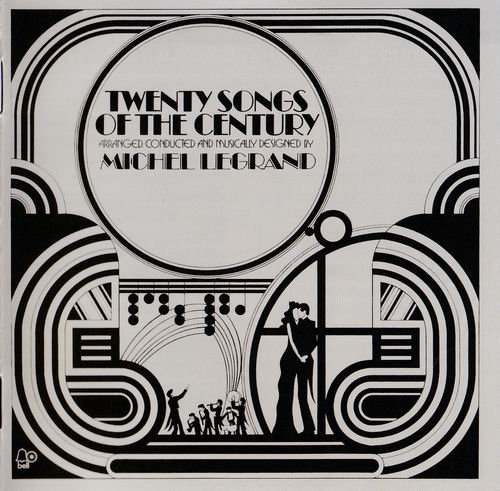
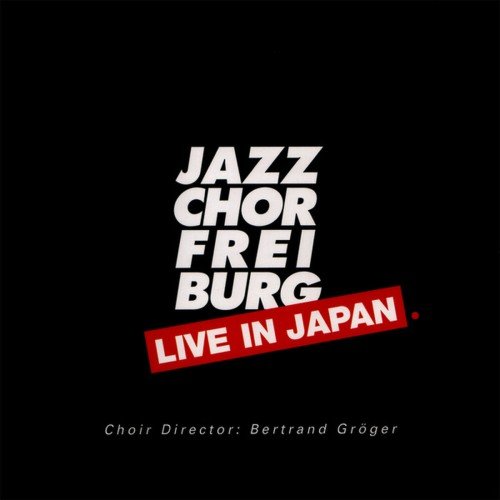
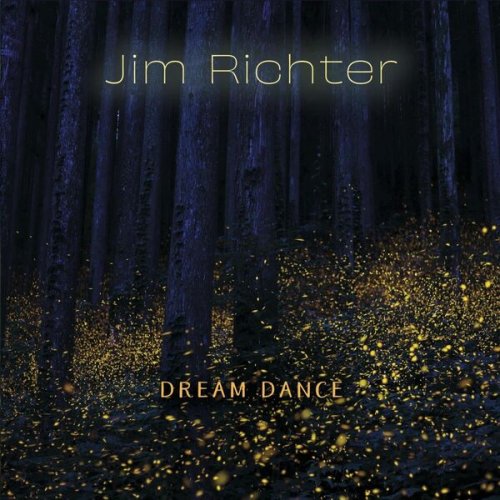
![Machito and His Orchestra - Irving Berlin in Latin America (Remastered Edition 2025) [Hi-Res] Machito and His Orchestra - Irving Berlin in Latin America (Remastered Edition 2025) [Hi-Res]](https://www.dibpic.com/uploads/posts/2025-12/1765784965_moib.jpg)
![Marju Kuut - Marju Kuut: Üksi, kuid vabana (2025) [Hi-Res] Marju Kuut - Marju Kuut: Üksi, kuid vabana (2025) [Hi-Res]](https://www.dibpic.com/uploads/posts/2025-12/1765641100_cover.jpg)
![Cosmic Swing Orchestra - JUL (2025) [Hi-Res] Cosmic Swing Orchestra - JUL (2025) [Hi-Res]](https://www.dibpic.com/uploads/posts/2025-12/1765510492_cover.jpg)

![Martin Diaz - El Goce (2025) [Hi-Res] Martin Diaz - El Goce (2025) [Hi-Res]](https://www.dibpic.com/uploads/posts/2025-12/1765508962_qnqc8iqcv0c0b_600.jpg)